Genetic architecture and molecular networks underlying leaf thickness in desert-adapted tomato
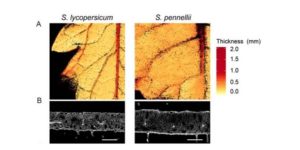 Plants with thicker leaves are better able to retain water and deal with water-limiting conditions. Coneva et al. explored the genetic basis for leaf thickness by comparing introgression lines of cultivated tomato (Solanum lycopersicum) and a species adapted to the desert (Solanum pennillii). They found that thicker leaves often had elongated palisade mesophyll cells and increased DNA copy number (ploidy). Interestingly, they found that leaf thickness and leaf mass area are distinct traits, “and that LMA reflects the material composition of leaves, while leaf thickness is a developmentally patterned trait.” The authors used transcriptomic analysis to compare thick and thin leafs in the different lines, and identified several genes encoding transcription factors or proteins involved with auxin synthesis or transport, cell cycle regulation and meristem determinacy correlated with leaf thickness. Plant Physiol. 10.1104/pp.17.00790
Plants with thicker leaves are better able to retain water and deal with water-limiting conditions. Coneva et al. explored the genetic basis for leaf thickness by comparing introgression lines of cultivated tomato (Solanum lycopersicum) and a species adapted to the desert (Solanum pennillii). They found that thicker leaves often had elongated palisade mesophyll cells and increased DNA copy number (ploidy). Interestingly, they found that leaf thickness and leaf mass area are distinct traits, “and that LMA reflects the material composition of leaves, while leaf thickness is a developmentally patterned trait.” The authors used transcriptomic analysis to compare thick and thin leafs in the different lines, and identified several genes encoding transcription factors or proteins involved with auxin synthesis or transport, cell cycle regulation and meristem determinacy correlated with leaf thickness. Plant Physiol. 10.1104/pp.17.00790


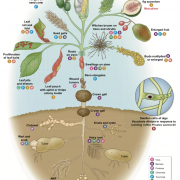
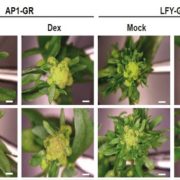
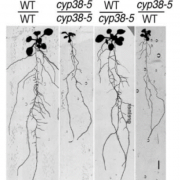
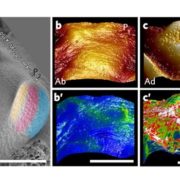

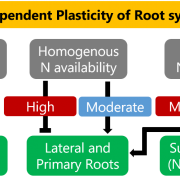


Leave a Reply
Want to join the discussion?Feel free to contribute!